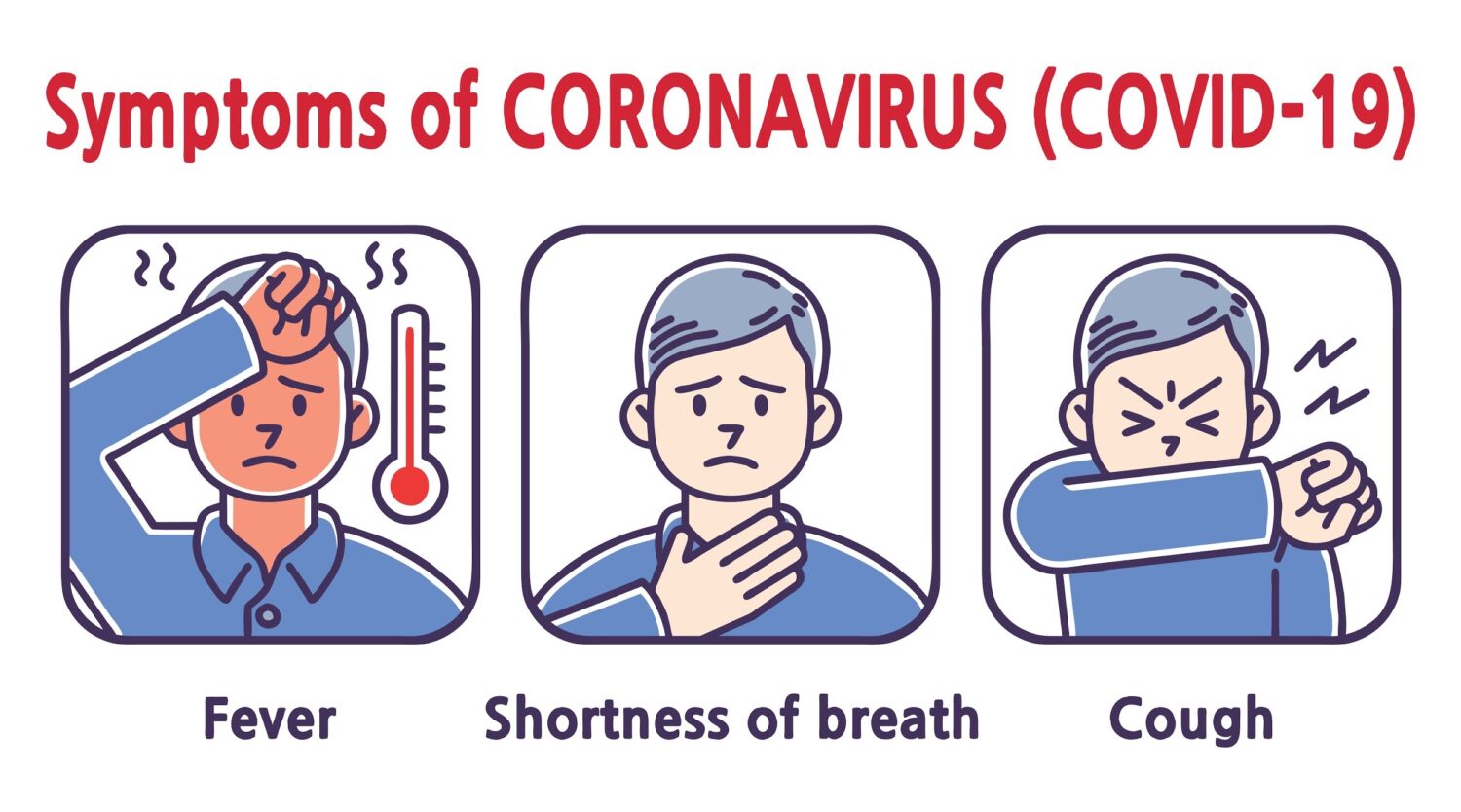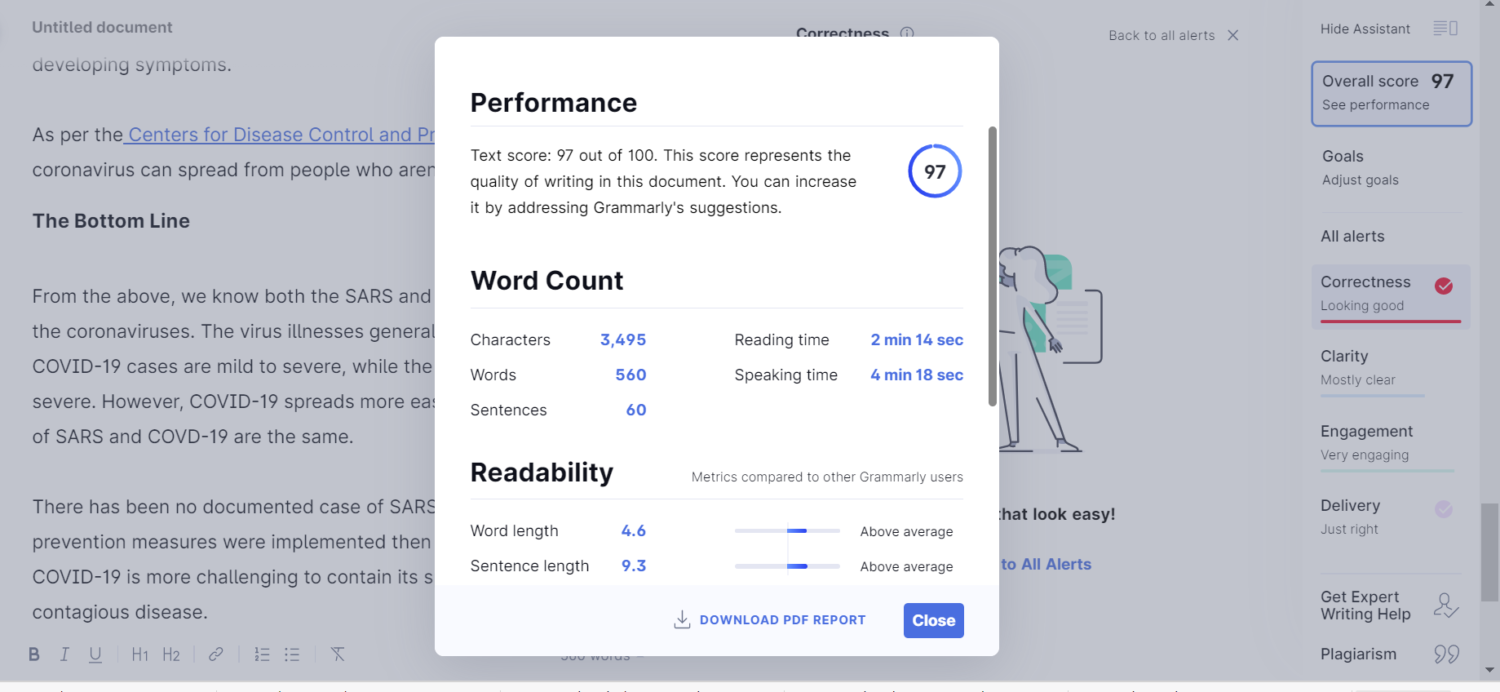COVID-19 has affected millions of lives ever since December last year. Today, medical experts and scientists are working day-and-night to discover a vaccine and cure to end this pandemic. But this is not the first time that we have come across such a contagious virus. We are familiar with the term coronavirus during the outbreak of SARS ( Severe Acute Respiratory Syndrome) in 2003.

Defining Coronavirus & SARS
Coronaviruses are amongst the most common family of viruses. They have a massive host range, which includes humans. However, the most diverse variety of coronaviruses are found in the bats. The coronaviruses have a spiky, crown-like shape appearance. The word corona means crown in Latin, and that’s where this family got its name from.
Most of the time, a virus-contracted patient is found to have mild repository illnesses like the common cold. The coronaviruses have the ability to multiply in the human body and transmit to the other human hosts — it is highly contagious.
If you’re experiencing symptoms of COVID-19 such as cold, sore throat, headache, runny nose, get yourself tested. And get immediate treatment if you are COVID-19 positive. There are two types of COVID-19 testing, one is PCR testing, and the other being the rapid tests including the use of ELISA Kits to identify the presence of antibodies in the blood in response to the foreign invasion by the coronavirus.
SARS stands for the severe acute respiratory syndrome. It’s the name of a type of respiratory illness that is caused by SARS-CoV. The global SARS pandemic started in mid-2002 to the end of 2003. Like the COVID-19, the origin of the SARS virus is believed to be the bats.
Fever is often the symptom of SARS, accompanied by cough, cold, body aches, and pain.
Difference Between SARS & COVID-19
Symptoms Comparison
| Symptoms | COVID-19 | SARS |
| Common Symptoms | Fatigue
Shortness of Breath Fever Cough
|
Body Aches and Pains
Headache Shortness of Breath Fever Cough Malaise ` |
| Less Common Symptoms | Runny or Stuffy Nose
Muscle Aches and Pains Diarrhea Sore Throat Loss of Smell
|
Diarrhea
Chills
|
Severity Comparison
In terms of severity, about 20% of patients infected with COVID-19 need hospitalization, while only a small group needs mechanical ventilation. SARS cases, on the other hand, are more severe. Approx, 20 to 30% SARS cases required mechanical ventilation. SARS is more deadly than COVID-19; the estimated mortality rate is 15%.
Transmission Comparison
COVID-19 transmits more easily than the SARS virus. One possible reason is the viral load or the amount of virus, is highest in the throat & nose after developing symptoms. As per the Centers for Disease Control and Prevention (CDC), the coronavirus can spread from people who aren’t even showing any symptoms.
The Bottom Line
We are aware of SARS and coronavirus. The virus illnesses generally originate from animals. COVID-19 cases are mild to severe, while the SARS cases are quite severe. However, COVID-19 spreads more easily. Most of the symptoms of SARS and COVD-19 are the same.
There has been no documented case of SARS since 2004 because of the strict prevention measures were implemented then to curb the menace. COVID-19 is more challenging to contain its spread because it is a highly contagious disease.




